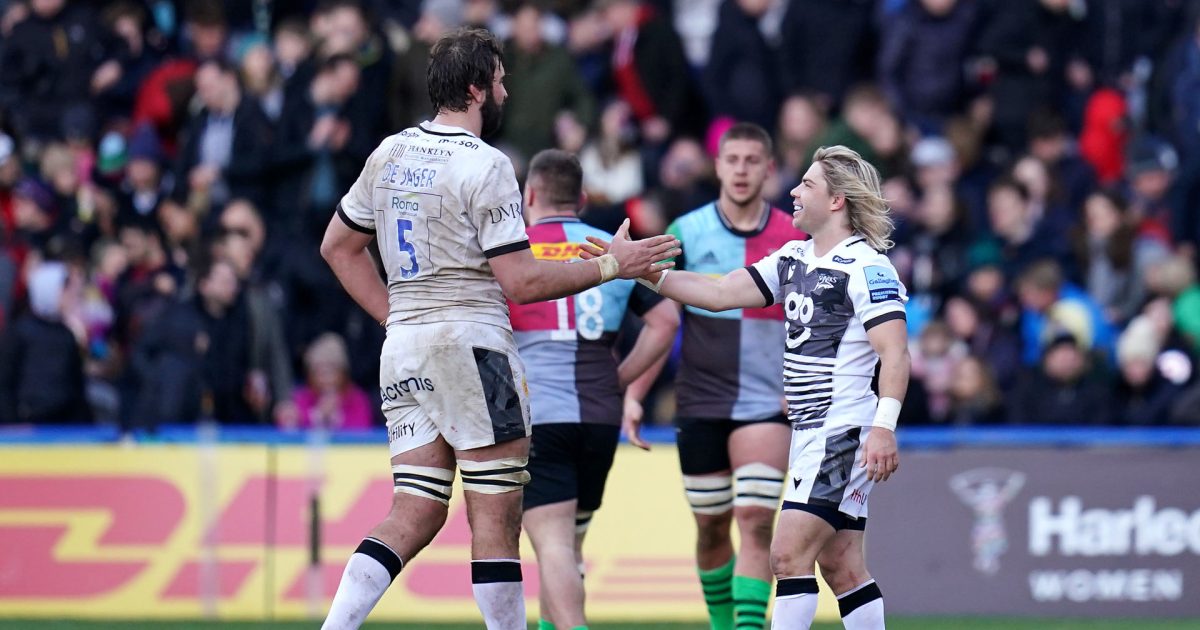Is height playing a role in Premiership salaries?

Yesterday an official Premiership Ltd salary report revealed the average pay by position in rugby union and while some of the positions were hardly surprising, others were more puzzling at first glance.
It’s a fascinating snapchat and while almost nobody would have been surprised that flyhalf topped the earnings list on an average of £175,679 per annum, the players at the bottom of the list won’t have surprised certain economists, behavioural psychologists, and anthroplogists familiar with the dimensions of rugby union players.
The bottom dwellers? Scrumhalf and hooker with with £117,912 and £113,115 on average.
Some stats from the @premrugby salary cap report on average wages by position. Good to know 10’s are still the highest paid players! Who’d be a hooker?! pic.twitter.com/0LAppvvwQF
— Andy Goode (@AndyGoode10) June 16, 2022
But what gives? Could it be that in rugby – as in life – that shorter people get paid less across a population?
Bear with us a moment.
Decades old research that has been frequently replicated and that broadly accepted shows that the taller a person is, regardless of gender, the more they’re likely to be paid in relation to their peers.
According to a 2009 paper titled “Stature and status: Height, ability, and labor market outcomes” by Anne Case and Christina Paxson:
“For both men and women, the relationship is striking: a one-inch increase in height is associated on average with a 1.4 percent to 2.9 percent increase in weekly earnings, and a 1.0 percent to 2.3 percent increase in average hourly earnings.”
What’s more, the pay disparity plays out in first world countries every bit as much as in third world countries, where physical labour is more common and where height might still be seen an advantageous in the workforce.
An earlier American study in 2004 found that each inch above average may be worth $789 more per year for an employee, according to the Journal of Applied Psychology
Could this well described phenomena be playing out in rugby union too? Hooker and scrumhalf are argulably two of the sport’s three most specialist positions. It’s why most Test teams will take three hookers and three scrumhalves to next year’s Rugby World Cup in France.
Both positions tend to favour players of a shorter stature, relative to the average rugby player. In the case of hookers, height in the position is arguably more of a throwback to the days when the No.2 was expected to actually hook the ball.
In 2020 the average of height of Gallagher Premiership hooker was 1.82m (1.83m in the Pro14 and 1.81m in the Top 14).
Nines are shorter again. Premiership halfbacks were an average height of 1.76m (5ft 9ins) in 2020.
Of course there are outliers in both positions in the sport. Springing to mind are Munster nine Conor Murray and Bulls’ veteran hooker Bismarck du Plessis; both 6’2. The pair are the exception rather than the rule, as the average suggest.
If this theory holds any water, it’s perhaps not suprising that locks are the best paid forwards; standing at an average height of 1.98m (6ft 6inches) and earning an average income of £158,617. The second best paid fowards are also the second tallest, with back rows averaging £144,437.
There’s also broader pressure at play with second row marketplace. Whereas the UK population doesn’t lack for six foot tall males, the 1.98m ones are bit harder to come by. Depending on what measurement you use, as few as 1 in 335 males in the UK are 6ft 6inches or taller. By 6ft 8inches, that comes down to fewer than 1 in 3000. Simply put: there’s less of a supply of tall humans for professional rugby union to utilise, possibly putting a rugby specific premium on the position.
With the backs, were height is more homogenous, there’s less disparity, with the exception of wingers. Arguably rugby’s least specialist back position earns just £5,000 more per season than it’s most specialist.
An exception of course exists for flyhalfs – rugby union’s quarterbacks. Although they averaged just 6ft in 2020, they often demand the most money as the most skilled and most high pressure position in the game.
Of course it’s there are multiple or factors effecting salaries in rugby. One marquee player on £900,000 per season could be the difference between one position and another on any given season. It would – of course – be overly reductive to suggest that height is the most important factor at play in rugby players salaries. Yet for all that, it’s hard not to think that such a ubiquitous human phenemona, a throw back to more primiative times perhaps, doesn’t hold some sway.



















































